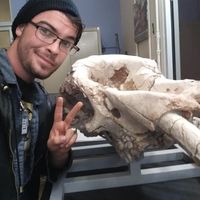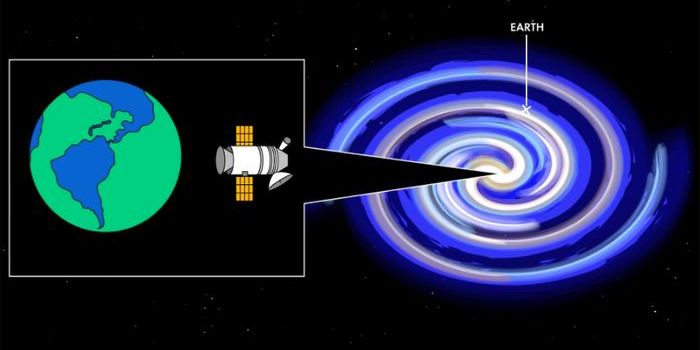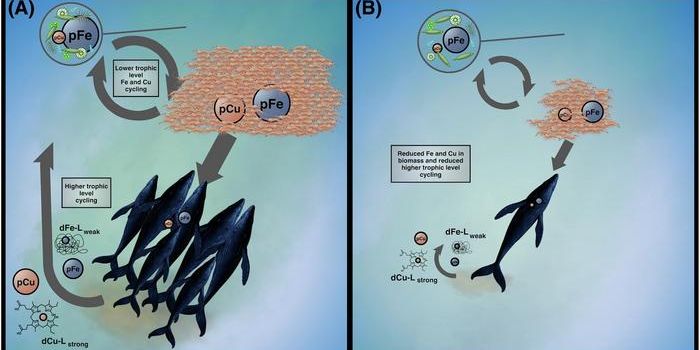Confirmation Bias or Captivating Discovery? Paleontology at the Tanis Site, North Dakota

Everyone wants to be Indiana Jones or Alan Grant. Therefore, we become paleontologists and archaeologists to discover and share the great story of life on earth, but sometimes we can become more engrossed with our own story instead of the Earth’s. The history of vertebrate paleontology seems to be split with theories based on peer-reviewed science, and theories based on ego. These ongoing issues were the inspiration for the 1986 Dinosaur Heresies by famed paleontologist Dr. Bob Bakker, where many time-honored theories regarding dinosaurs were challenged.
Just this week, I was excavating a bonebed in an undisclosed part of Los Angeles County. While excavating, we encountered many different species. I noticed myself starting to daydream about the possibility of Smilodon and Teratornis (A very charismatic Pleistocene-era bird commonly found in the La Brea Tar Pits) and how the bonebed must have been made. Before too long it seemed that each new bone I discovered led me to daydream more and more charismatic stories about the site’s deposition, and I realized that I’d fallen directly into a confirmation bias trap.
As a result of my ecstatic excitement of this discovery, I found myself chasing an attractive conclusion - that the site was a 1000-year flood off the LA River- not applying the scientific method. The actual answer was less charismatic but made more sense, it was simply a braided bed of the LA river that seasonally flooded becoming a natural trap; no catastrophe to speak of. This is how our ego can impact our work as scientists. Sometimes, we start to see what we want to see in the strata.

The Tanis site sits in southwestern North Dakota. Consisting of a river sand channel with a cluster of well-preserved, one might even say exquisitely preserved, articulated garfish. There is also the occasional shark tooth, shell fragment, and worm burrow. There is strangely more information about the finds in the 2019 New Yorker article than in the follow-up peer-reviewed article by DePalma and colleagues later that year. DePalma claims that the site fits a surge seen in a tsunami, striking claims for a site with multiple occurrences of articulation. The backbone of his argument comparing dating this site to the “day of impact” relies on “spherules” of shocked quartz and glass discovered in the gills of the fossil fish and sedimentary strata.
This is very similar to the argument used to support the highly contested Younger Dryas event. Turns out “spherules” are much, much more common than previously thought and can be discovered in almost any sediment, they just haven’t been sampled often in the Hell Creek Formation. Further study from the sedimentary strata at Tanis, and comparison with strata from other sections of the Hell Creek Formation, is necessary to replicate and/or support DePalma’s finds. DePalma’s argument for this sites’ correlation with the K/Pg Boundary is the same as Randall Carlson’s debunked explanation of the Pleistocene impact. However, there are some issues with access to allow potential further study or examination, as DePalma holds contractual control over the specimens and can pick and choose who has access.
Almost everyone is curious about science, it’s part of our natural instincts to want to understand our world. With the current state of science education suffering greatly recently in this country, people tend to gravitate to quick and digestible content to learn more about the natural world, but this content is not always accurate or representative of reality. One only needs to type “archaeology” into the search bar of YouTube to prove this. As more details emerge regarding the Tanis site, there is no doubt that it is a fascinating site where we can learn a lot about the past. Professor Steve Brusatte, University of Edinburgh, remains skeptical while appreciating that many finds from the site are incredible. He asked, “does it even matter if they died on the day or years before? The pterosaur egg with a pterosaur baby inside is super-rare; there's nothing else like it from North America. It doesn't all have to be about the asteroid.”
Maybe, in the future, it will be possible to sway the opinions of skeptics like me, however for now, as a professional paleontologist I remain as skeptical of the validity of DePalma’s claims as I was back in 2020.
A documentary about the site and the discoveries therein airs tomorrow (Friday, April 15th) on the BBC.
Sources: Journal of Vertebrae Paleontology, The New York Times, Science Advances, The New Yorker, Britannica, Smithsonian Magazine, Business Insider,
Further Reading Regarding the Tanis Site Finds: Science News April 2, 2019, Science News April 26, 2019, DePalma, R. et.al. 2019 in PNAS, During, M., et. al. 2022 in Nature, Science April 1, 2019








